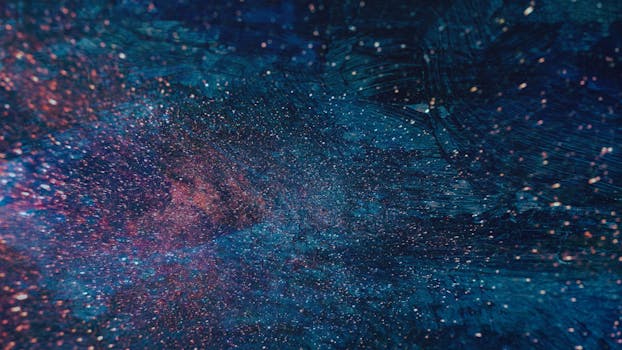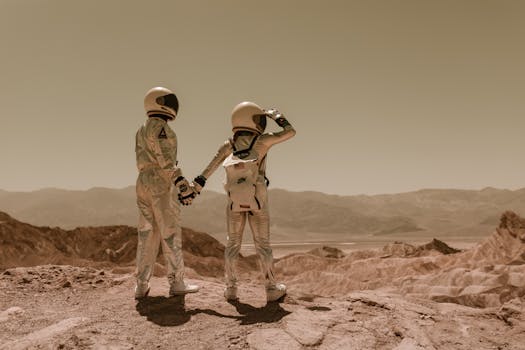
“
From Stardust to Dreams: Imagining Life Beyond the Stars
Introduction to the Cosmos and the Human Quest for Knowledge
From Stardust to Dreams: Imagining Life Beyond the Stars is a journey that begins with the simplest of questions: Are we alone in the universe? This query has haunted humans for centuries, driving us to explore the cosmos, to seek out new worlds, and to push the boundaries of our understanding. The universe, vast and mysterious, is composed of billions of galaxies, each containing billions of stars, and potentially, billions of planets. The potential for life existing elsewhere is profound, sparking the imagination and fueling the dreams of scientists, philosophers, and the general public alike. For a deeper dive into the possibilities of new worlds, check out our post on Beyond the Milky Way: Imagining New Worlds and Possibilities.
Understanding the Building Blocks of Life
The foundation of life as we know it is built upon organic molecules, water, and energy. These ingredients, found throughout the universe, are the precursors to more complex structures, eventually giving rise to the diversity of life forms we see on Earth. Astrobiologists, scientists who study the origin, evolution, and distribution of life in the universe, believe that the conditions that gave rise to life on Earth could exist elsewhere. The discovery of exoplanets, planets that orbit stars other than the Sun, has been a significant step forward in the search for life beyond Earth. Many of these exoplanets are located in the habitable zones of their respective stars, meaning they could potentially harbor the conditions necessary for life. For more on this topic, explore Charting New Realms: The Journey of Imagination Beyond the Stars.
Space Exploration and the Search for Life
The exploration of space has been a cornerstone of human advancement, driven by our innate curiosity about the universe and our place within it. From the first steps on the Moon to the rovers that currently explore Mars, each mission expands our knowledge of the cosmos and brings us closer to answering the question of whether we are alone. Future missions, such as the James Webb Space Telescope and the Europa Clipper, are designed to study the atmospheres of exoplanets and the moons of our gas giants, respectively, for signs of biological activity. The possibility of discovering life, even in a microbial form, would be a groundbreaking finding, challenging our current understanding of life’s origins and its prevalence in the universe. To learn more about the imaginative aspects of this journey, read Galaxies of Dreams: How Imagination Transcends the Night Sky.
Imagining Life Beyond the Stars: The Realm of Science Fiction
While science provides us with a methodical approach to understanding the universe, science fiction offers a creative outlet to imagine the possibilities of life beyond our planet. Authors, filmmakers, and artists have long been inspired by the cosmos, creating stories that range from utopian societies on distant planets to dystopian futures where humanity struggles to survive among the stars. These works of fiction not only reflect our hopes and fears about the future but also inspire new generations of scientists and engineers, influencing the development of space technology and policy.
Conclusion and the Future of Space Exploration
In conclusion, the journey from stardust to dreams is a continuous path of discovery and imagination. As we explore the universe, we are reminded of our place within the grand scheme of existence and the potential for life to thrive in the most unexpected of places. The dream of finding life beyond Earth is a powerful driver of human innovation and cooperation, pushing the boundaries of what is thought possible. As we look to the future, with ongoing and planned missions to explore our solar system and beyond, we are ever closer to answering the question that has haunted humanity for so long. The search for life beyond the stars is a testament to human curiosity and the boundless potential of our dreams.
Takeaways:
- The universe is vast, with billions of galaxies, each containing billions of stars and potentially billions of planets.
- The conditions for life, including organic molecules, water, and energy, are found throughout the universe, suggesting the possibility of life existing elsewhere.
- Space exploration and the study of exoplanets are crucial in the search for life beyond Earth.
- Science fiction plays a significant role in inspiring new generations of scientists and engineers, influencing the development of space technology and policy.
- The search for life beyond the stars is a driving force behind human innovation and cooperation, pushing the boundaries of what is thought possible.




